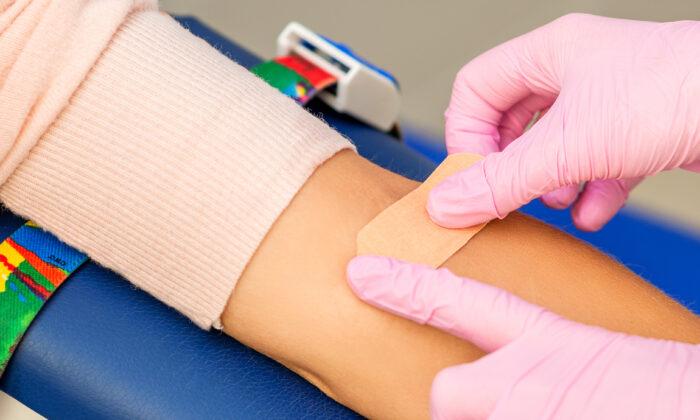Eating a high-protein breakfast—containing 35 grams of protein—may help overweight teens who typically skip breakfast stabilize their blood sugar and eat fewer calories without feeling hungry.
The key to eating 35 grams of protein is to consume a combination of high-quality proteins including milk, eggs, lean meats, and Greek yogurt, researchers say.
“This study examined if the type of breakfast consumed can improve weight management in young people who habitually skip breakfast,” says Heather Leidy, assistant professor of nutrition and exercise physiology at the University of Missouri.
“Generally, people establish eating behaviors during their teen years. If teens are able to develop good eating habits now, such as eating breakfast, it’s likely to continue the rest of their lives.”
For the study, published in the Journal of Obesity, researchers fed two groups of overweight teens, who reported skipping breakfast between five and seven times a week, either normal-protein breakfast meals or high-protein breakfast meals. A third group of teens continued to skip breakfast for 12 weeks.
400 Fewer Calories
“The group of teens who ate high-protein breakfasts reduced their daily food intake by 400 calories and lost body fat mass, while the groups who ate normal-protein breakfast or continued to skip breakfast gained additional body fat,” Leidy says.
“These results show that when individuals eat a high-protein breakfast, they voluntarily consume less food the rest of the day. In addition, teens who ate high-protein breakfast had more stable glucose levels than the other groups.”
The normal-protein breakfast meal was milk and cereal and contained 13 grams of protein. The high-protein breakfast meals included eggs, dairy, and lean meat that contained 35 grams of protein.
Participants in the groups were instructed to report feelings of hunger and their daily intakes of food and beverages. Their body weight and body composition were measured at the beginning and end of the 12-week period. In addition, the participants wore a device that assessed minute-to-minute glucose levels throughout the day.
The research was funded by the National Pork Board’s Pork Checkoff.
This article was previously published by University of Missouri. Republished via Futurity.org under Creative Commons License 4.0.





Friends Read Free